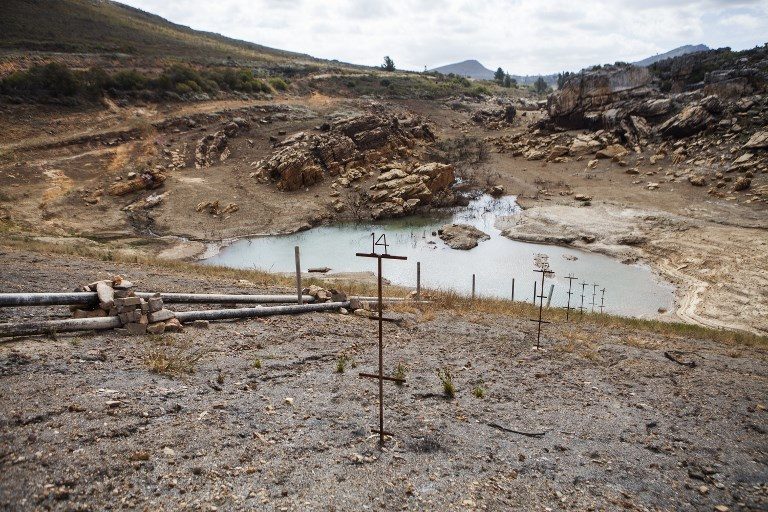SUMMARY
This is AI generated summarization, which may have errors. For context, always refer to the full article.

JOHANNESBURG, South Africa – The South African government said on Wednesday, June 13, that the national state of disaster it declared in March over a drought that ravaged parts of the country had lapsed after significant rainfall.
The drought hit Cape Town particularly hard, threatening to leave residents of the country’s second largest city without drinking water.
The government said it had conducted assessments which showed that the severe phase of the drought that affected agricultural production in a number of provinces was at an end.
The minister in charge of local governance, Zweli Mkhize, “confirmed that a national state of disaster that was declared on 13 March 2018 has lapsed,” a government statement said.
Over 400 million rand ($29 million) was mobilized from various disaster grants to implement relief operations in an attempt to avoid turning taps off under a so-called “Day Zero” scenario and provide water to all regions.
The drought has affected water intensive companies, such as winemakers who make up 11% of the southwestern region’s economic output and sustains 300,000 jobs.
According to the International Organisation of Vine and Wine (OIV), output from Africa’s top wine producer is set to slump by over 20% this year.
In recent weeks, the Cape region, which typically receives rainfall between May and August, has experienced significant rains.
The Cape Town municipality said the water level in dams had risen to almost 32% from over 21% this time last year.
However the city – battling its worst drought in 100 years – has called on the population to continue conserving water “given the uncertainty of rainfall.”
“We have to make sure that we adhere to our goals and restrictions” – namely a daily consumption of 50 liters per person, the municipality said.
By comparison, a single toilet flush uses 9 liters of water and a minute-long shower uses 10 liters. – Rappler.com
Add a comment
How does this make you feel?
There are no comments yet. Add your comment to start the conversation.